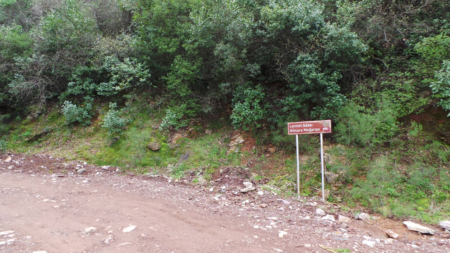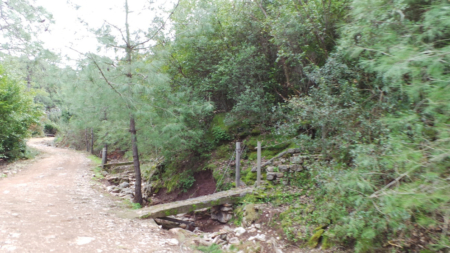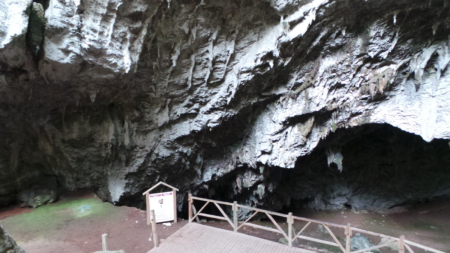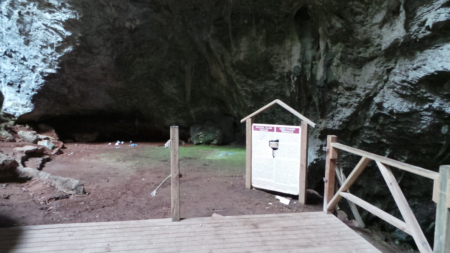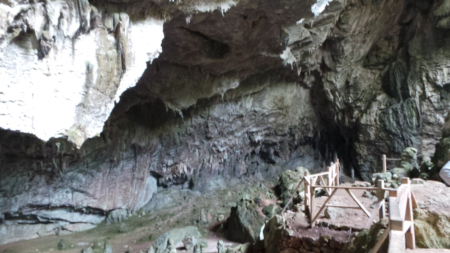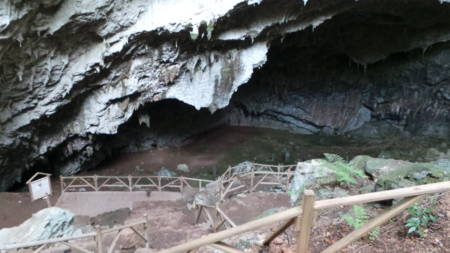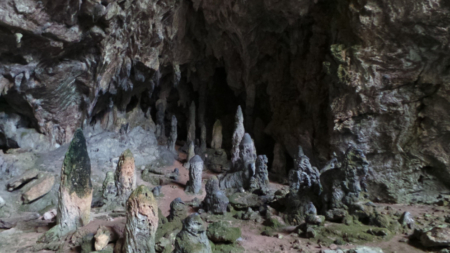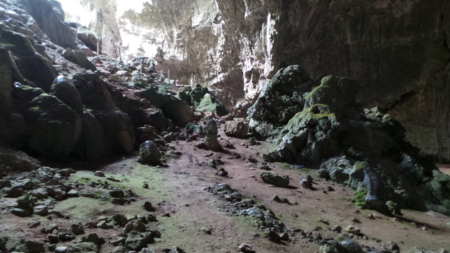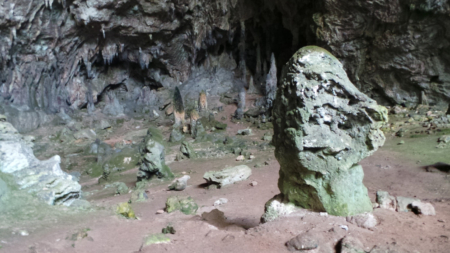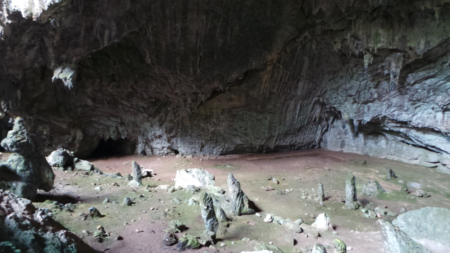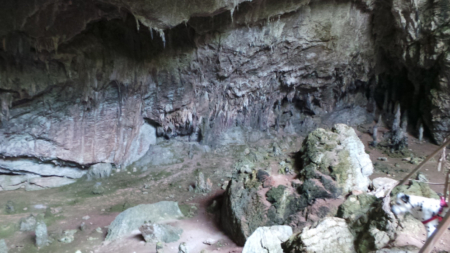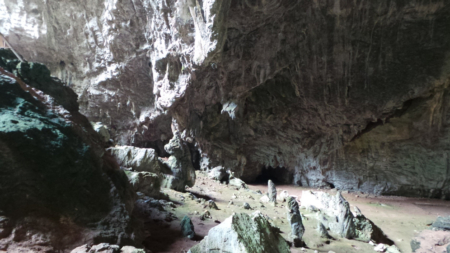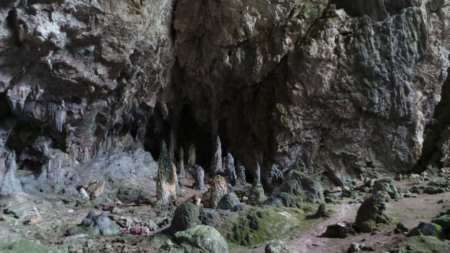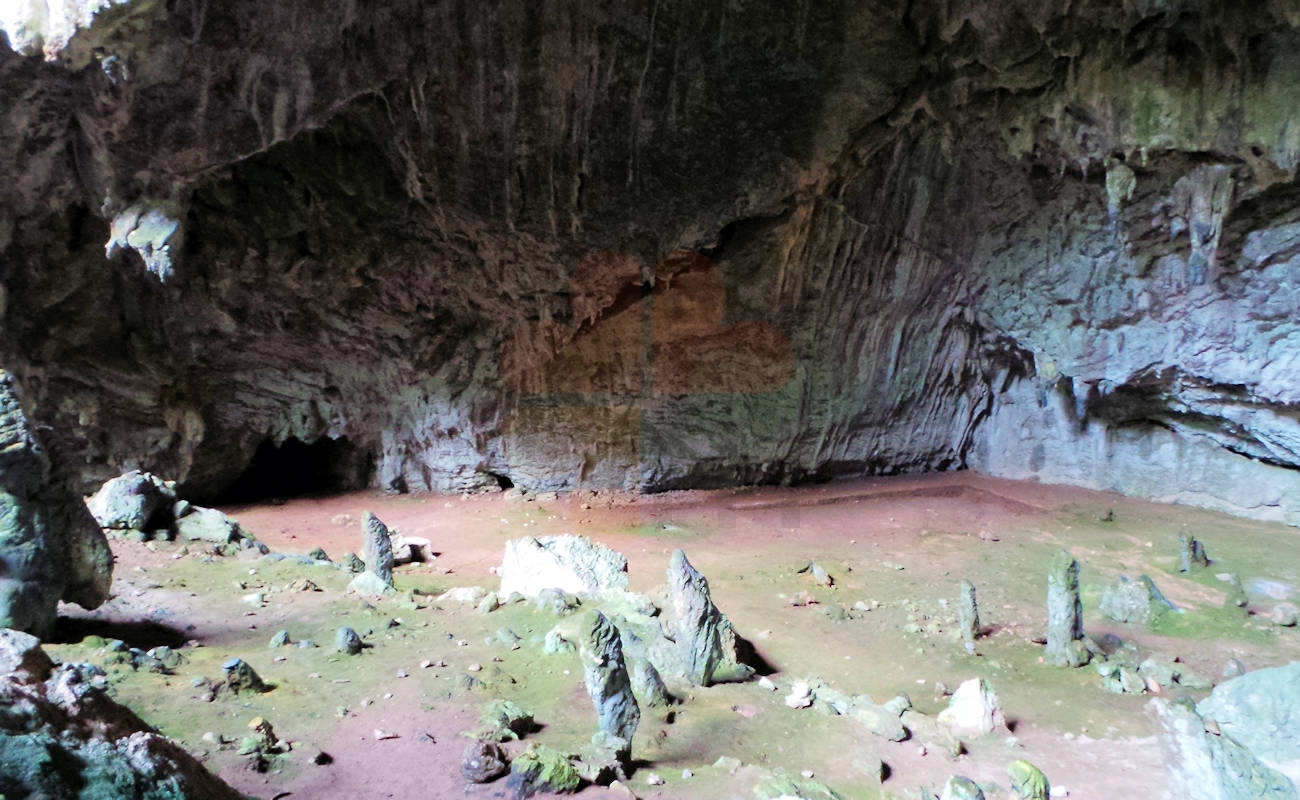
Nimara cave a fascinating place from the Neolithic era
Nimara cave, a fascinating cave from the Neolithic era located near Marmaris in southwest Turkey. I recently had the pleasure of visiting this tactile wonderland with my partner after acquiring our own vehicle.
We took the Adaköy yolu from the Marmaris bus garage, which was a straight and easy drive along a scenic route bursting with star-leaved sığla ağaçlar (sweetgum trees). The cave was everything we had fantasized about and more. We took the Adaköy yolu from the Marmaris bus garage, which was a straight and easy drive along a scenic route bursting with star-leaved sığla ağaçlar (sweetgum trees). I highly recommend a visit to this amazing place! Hey there! Have you ever been to the northwest end of town? The best part?
It’s called Cennet Adası, or Heaven Island, and it’s a nature reserve that’s unlike anything else in Turkey. It’s completely untouched by all the construction that’s taken over most of the country’s natural landscapes. You’ve got to check it out! It’s usually so busy and hectic, but I recently discovered a hidden gem that I just have to tell you about! When I visited, I was blown away by the stunning scenery and the prehistoric cave at the highest point of the island. Hey there! So we walked about 400 meters up this earthen path until we came across a staircase on the right-hand side. It led us straight into the mouth of the cave!
The textures inside were so impressive, they looked like living sculptures. Some even resembled human and animal forms. It’s amazing how nature interprets the world around us, right? Although we couldn’t see everything, the cave definitely felt alive! The shadowed spaces were probably full of life, like spiders and other insects, watching us and maybe curious about our presence.
Luckily, the cave is not very deep, so there’s no need to stumble around in the dark unless you venture into the far corners. This new world was overwhelming to my senses, with countless pockets and portals becoming more visible as my eyes adjusted to this semi-subterranean dimension.
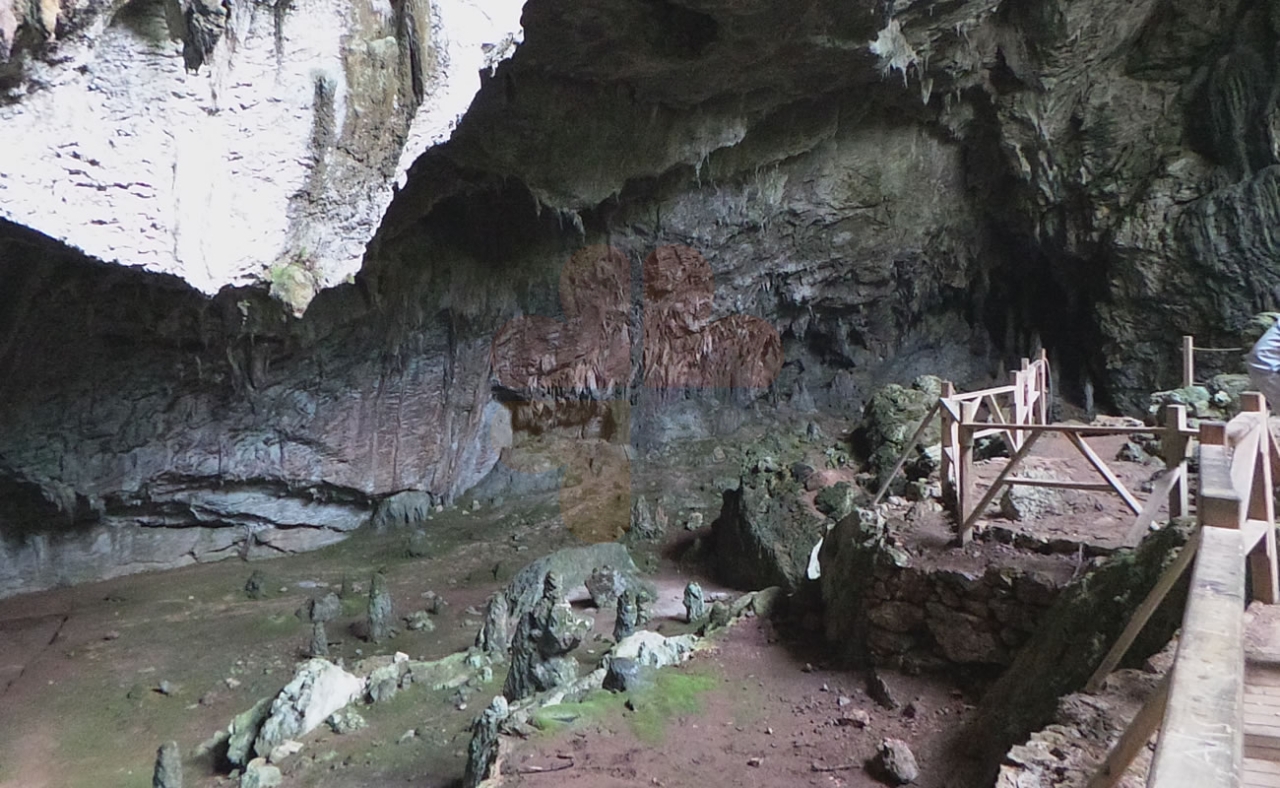
Architecture of Nimara Cave
Nimara cave architecture is truly magnificent, with stunning flowstones that resemble sheet-like calcite deposits formed by water flowing down the walls of the cave. Overhead, stalactites resembling icicles and other organic forms loom, quietly shapeshifting and growing heavier with time. The constant drip of water from above creates a soft echo throughout the cave, making for a truly immersive experience.
The cave floor landscape is truly unique, with sensual and unusual shapes that shimmer and glow under the filtered light of the trees. Stalagmites rising from the ground glistened with crystallised dust, some reflecting the light with their wet, shiny skin. As the sun slowly moved across the sky, more strange oddities were revealed. In some places, shallow pools of still water evoked a meditative dreamscape. Despite the dim environment, I was able to observe some hardy organisms absorbing the sunlight. It’s fascinating to see how only a few plants can survive in this environment. Additionally, I noticed that the terrain was remarkably clean, which is a feature I have frequently observed in other caves.
History
I wanted to share my experience visiting the cave site with you. I was surprised to find that there was no historical information posted near the cave. However, this allowed me to use my imagination and picture esoteric rituals taking place around the temple-like stones with a ceremonial fire burning at the heart of the cave. Have you ever visited a place that left you with more questions than answers?
Before my visit, I searched the internet for information in both Turkish and English, but unfortunately, I found very little data available. Dr. Neşe Kırdemir, an archaeologist and former conservator of the Marmaris Museum, discovered that the site was once a place of worship for the Cult of Leto. Leto, who was linked to the mother goddess religion of Anatolia and was also the lover of Zeus, gave birth to twins Artemis and Apollo.
In 1998, two sandstone sculptures of women were found inside the cave, leading to its declaration as an archaeological site the following year. Excavations began in and around the cave in 2000. Nimara Cave is an ancient site that has been around for over 10,000 years, with evidence of human activity dating back as far as 12,000 years ago. The cave has yielded a wealth of historical artifacts, including vessels, colored glass beads, stone and bone tools, human terracotta figurines, and coins.
Thanks to the collaborative efforts of the Marmaris Museum, Muğla University, Muğla Ministry of Culture and Tourism, and the Marmaris Municipality, excavations and restorations of the cave have been made possible. Welcome! I’m excited to share some interesting information with you about Nimara Mağarası. Did you know that this cave was opened for tourism in 2007? That’s not all! Fascinating, right?
But did you also know that this cave was once a place of pilgrimage and a sanctuary or temple for the ancient people of Nimara? It’s true! It was also discovered that people once lived in the cave and that an area within the cave was used as a glass-making studio.
The title of the text is ‘Nimara Then and Now’.
In ancient times, caves were important for protection and often considered sacred spaces for worship. Nimara Mağarası was one such place where belief transformed the natural structure into a spiritual chamber. However, we can still appreciate the beauty and mystery of this ancient site. Unfortunately, the true story of the cave and the ceremonies and rituals that took place there are unknown. Do you ever wonder why this cave was chosen for sacred practices? Perhaps Dr. Kırdemir knows, or maybe the answers lie deeper within the cave.
Nimara Mağarası is a precious historical site, but unfortunately, vandalism has made it vulnerable to destruction. It’s important to restrict visitors to protect the cave from harm. Welcome to this magnificent historical treasure! If you’re planning to visit, we kindly ask that you tread carefully and with respect. Thank you for your cooperation!
Getting to Nimara Cave
To reach Marmaris Milli Parkı, you can take the Yalancı Boğaz dolmuş/bus or drive along Adaköy yolu from the Marmaris otogar (bus garage) until you reach the entrance. The journey takes approximately 30 minutes. Please note that the time of day can significantly affect your experience. I recommend visiting in the late afternoon, just before golden hour, to make the most of your visit.

